Any plumbing work that involves remodeling or renovation is often expensive. Major remodels, and repairs require hiring the services of a professional plumber. Professional plumbers, just like electricians, undergo training and apprenticeship for many years before becoming licensed practitioners.
Highly-qualified plumbers are extremely valued. They’re able to fix plumbing issues effortlessly and accomplish success in major plumbing projects. While projects involving plumbing are quite expensive, it doesn’t mean you have to stick to set prices. Be a smart homeowner and learn how you can reduce plumbing costs. Here’s how to make savings on plumbing costs.
Contents
- Schedule Any Plumbing Renovation That Is Not an Emergency
- Confine Your Plumbing Contractor To Plumbing Projects Only
- Retain The Existing Plumbing Layout
- Do Some Plumbing Tasks Yourself
- Why Choose PEX Pipes Over Copper?
- Why Crimp-Fit Connectors Are Better Than Push-Fit Connectors
- Give Your Plumber Comfortable Working Conditions
Schedule Any Plumbing Renovation That Is Not an Emergency
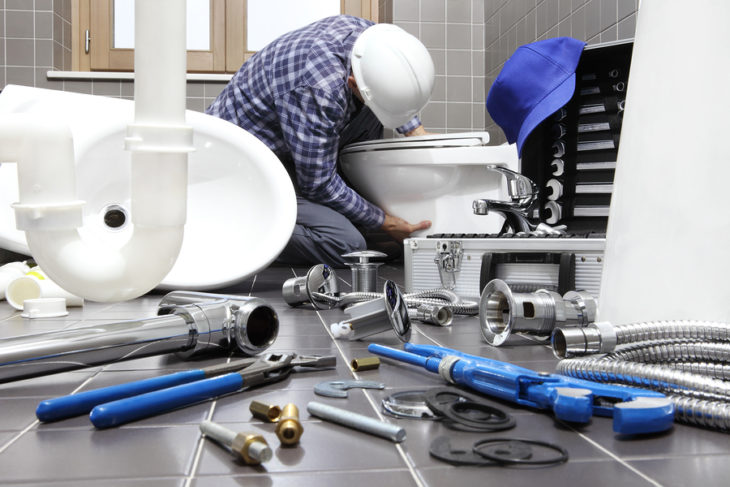
Source: Inside Small Business
Plumbers are available either by scheduling for their services or by calling for emergency plumbing services. Scheduled work is usually more affordable than emergency plumbing. You should save money by avoiding to call for emergency services when planning for a remodel project that’s not urgent.
You’ll achieve the same results by waiting for scheduled services at a lower cost than paying expensively for emergency services when it’s not necessary.
Some emergency plumbers like Fast Plumbers arrive within the hour, and this means spending more money. These services are ideal when having an emergency such as burst pipes, backed up sewer lines and toilets, and clogged drains. However, scheduled projects such as installing new pipes are ideal for plumbing contractors who work on schedule.
Most professional plumbers offer both emergency and scheduled services. When searching for a plumber, choose between scheduled and emergency services based on the nature of the plumbing work. When contacting a plumber, be specific that your job is not an emergency if it can wait.
Confine Your Plumbing Contractor To Plumbing Projects Only
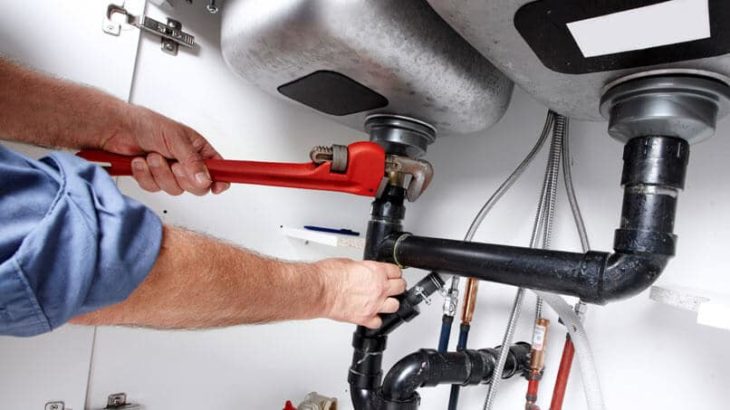
Source: We Are Generation T
When a plumber performs extra activities, they’ll charge more. For instance, requesting a lawyer to do non-legal work that you can do yourself will attract additional charges. Similarly, plumbers are meant only to handle plumbing jobs.
That’s what they’re trained to do the best work. However, peripheral projects may come up while a plumber is doing their job. For instance, they may have to tear through the drywall when getting to some supply lines.
They might also have to move around any objects that are blocking the way to some plumbing fixtures. Also, the area they’re working on might not be having adequate lighting.
If you can do such non-plumbing work yourself before your plumber arrives, then you’ll lower the costs of doing the project. If the plumber does such non-plumbing tasks, you’ll have to pay more. Thus, ensure the plumber only does plumbing related work to make savings.
Retain The Existing Plumbing Layout
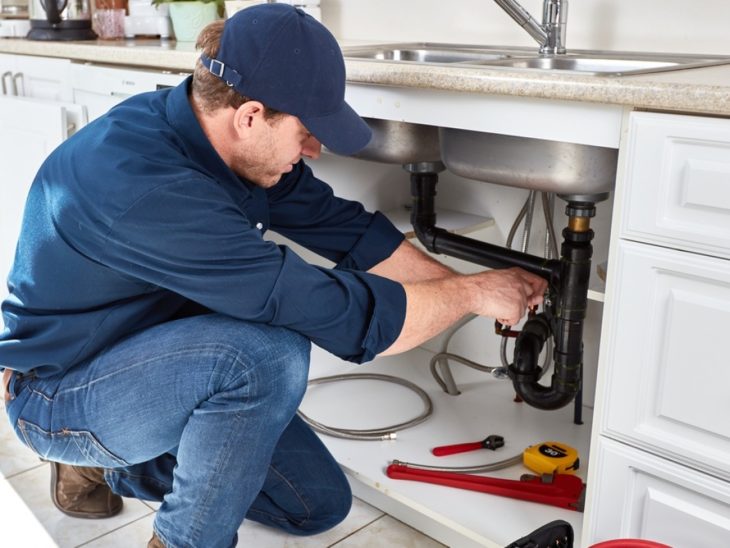
Source: The Plumbing Doctor
Altering the current plumbing layout or footprint will cost you more money. Moving drain and supply pipes and large installations such as vent stacks and sewer pipes can be quite costly.
Try as much as possible to keep them in their original places. Also, keep fixtures such as the toilet, sink, shower, and dishwasher in their original place when doing remodels.
Do Some Plumbing Tasks Yourself
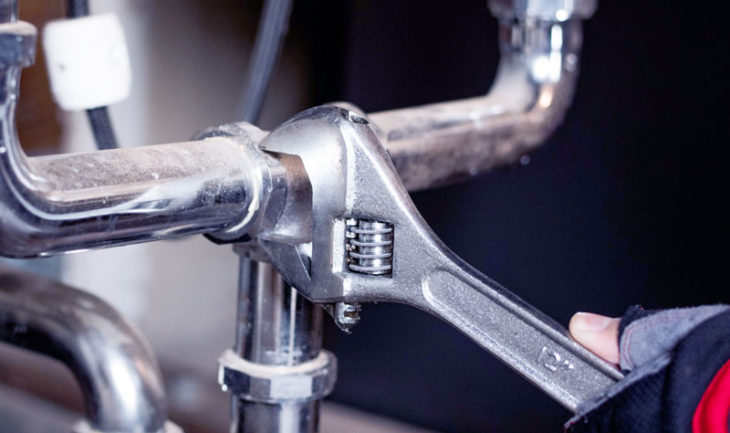
Source: Ohio Buckeye Plumbing
Eliminating a plumber is the ultimate and natural way of saving money when doing a plumbing project. When doing plumbing work on your own, you’ll only spend money on materials and spend nothing on labor.
In case you enjoy DIY work, you’ll end up saving a lot of money on your plumbing remodel. However, some tasks are not ideal for DIY. For instance, tasks such as creating the stub-point type of supply points and linking stub-outs to your sink would require hiring a plumber.
DIY plumbing is made possible by using push-fit connectors and PEX pipes. You can use red PEX pipes for hot water connections and blue ones for cold water connections.
PEX pipes are easy and fast to cut. Moreover, they bend easily. They also snap together easily when using push-fit connectors. However, a significant downside to doing plumbing work yourself is the initial cost involved in buying plumbing tools.
Why Choose PEX Pipes Over Copper?
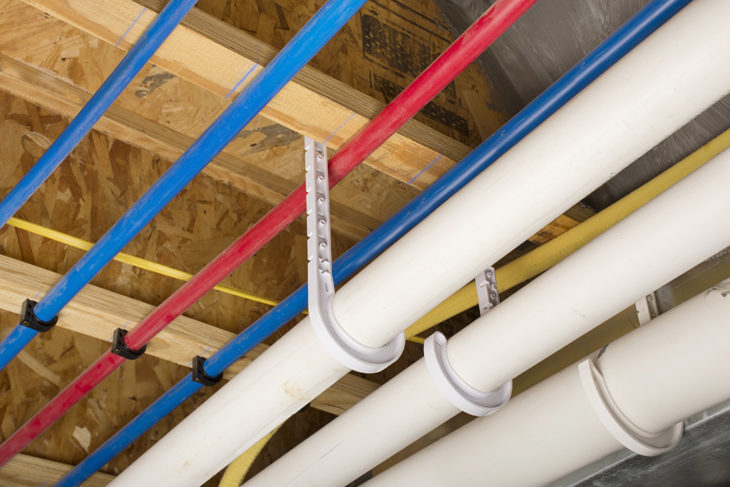
Source: Metro Plumbing, Heating and Air
A major advantage of PEX over copper is that PEX pipes are cheaper than those made of copper. Although you’d be unable to reduce labor charges significantly, you can reduce the overall costs of your project by choosing PEX over copper pipes.
Copper prices often fluctuate, especially upwards, making PEX the cheaper option. Although PEX is a petroleum-based product, and petroleum prices fluctuate frequently, the cost of PEX remains low and stable. In case your plumber is planning to rely on copper pipes for your project, ask them whether they can consider using the more affordable PEX.
Why Crimp-Fit Connectors Are Better Than Push-Fit Connectors
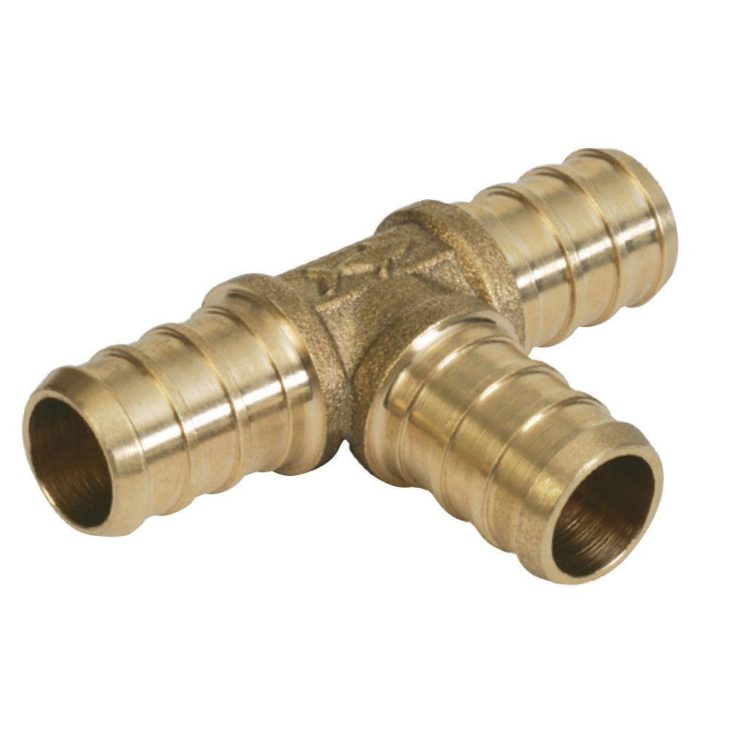
Source: Home Depot
Crimp-fit pipe connectors are more affordable than their push-fit counterparts. You can either use push-fit or crimp-fit connectors when joining PEX pipes. Push-fit type of connectors are easily fitted to pipes by pushing a pipe into the connector without any tool.
You can also remove the pipe from the connector using a specialized tool. On the other hand, crimp connectors come with a copper-based ring that is squeezed over a PEX pipe using a special crimping tool.
While push-fit connectors are easier to use, they cost about ten times more than crimp connectors. Confirm with your plumber whether they’ll be using several connectors. Push-fit are ideal for small projects, but they can be quite expensive if used in huge numbers. Thus, go for crimp-fit when working on big projects. After all, a skilled plumber will use crimp rings almost as quickly as they would use push-fits.
Give Your Plumber Comfortable Working Conditions
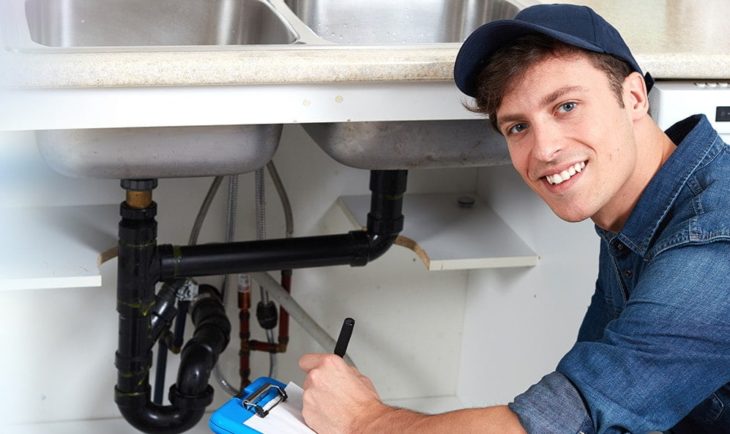
Source: 2 Sons Plumbing
A professional plumber won’t want to charge more when offered with excellent working conditions. Thus, do all you can to assist your plumbing contractor help you. In case it’ll be possible, ensure the room temperature is conducive enough for a comfortable working environment.
Also, keep away annoyances from the work area such as curious children and roaming pets who might distract the plumber from doing a good job.
If your home has an extra bathroom that’ll be functional while your project is ongoing, let your plumbing contractor use it. While most homeowners wouldn’t allow their plumber to visit their extra bathroom, a worker who’ll leave your home to look for a public toilet might slow down the project, thereby driving the costs up.
While you might be mindful of your hygiene when it comes to workers or plumbers using your beloved bathroom, you can make it easier for yourself by removing your towels and bathmats and replacing them with paper towels to avoid misuse. Also, don’t mind to request your plumber to maintain cleanliness in your home.
